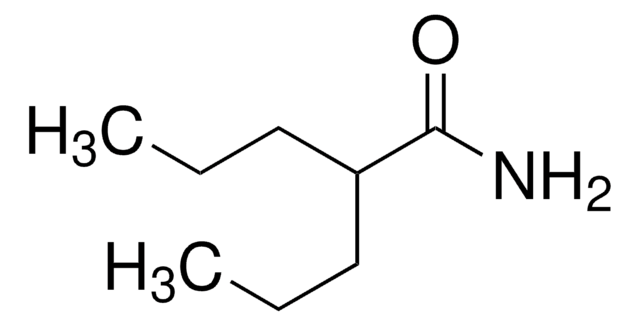Z0152
Zinc chloride
BioReagent, for molecular biology, suitable for cell culture, suitable for insect cell culture
Sinónimos:
Dichlorozinc
About This Item
Productos recomendados
grado
Molecular Biology
for molecular biology
Nivel de calidad
presión de vapor
1 mmHg ( 428 °C)
Línea del producto
BioReagent
técnicas
cell culture | insect: suitable
cell culture | mammalian: suitable
mp
293 °C (lit.)
solubilidad
H2O: may be turbid 20 g/200 ML + 6 mL 1M HCL, clear to slightly hazy, colorless to faint yellow or tan
actividad extraña
DNAse, none detected
Endonuclease, none detected
Exonuclease, none detected
NICKase, none detected
Protease, none detected
cadena SMILES
[Cl-].[Cl-].[Zn++]
InChI
1S/2ClH.Zn/h2*1H;/q;;+2/p-2
Clave InChI
JIAARYAFYJHUJI-UHFFFAOYSA-L
¿Está buscando productos similares? Visita Guía de comparación de productos
Palabra de señalización
Danger
Frases de peligro
Consejos de prudencia
Clasificaciones de peligro
Acute Tox. 4 Oral - Aquatic Acute 1 - Aquatic Chronic 1 - Eye Dam. 1 - Skin Corr. 1B - STOT SE 3
Órganos de actuación
Respiratory system
Código de clase de almacenamiento
8A - Combustible corrosive hazardous materials
Clase de riesgo para el agua (WGK)
WGK 3
Punto de inflamabilidad (°F)
Not applicable
Punto de inflamabilidad (°C)
Not applicable
Equipo de protección personal
Eyeshields, Faceshields, Gloves, type P3 (EN 143) respirator cartridges
Elija entre una de las versiones más recientes:
¿Ya tiene este producto?
Encuentre la documentación para los productos que ha comprado recientemente en la Biblioteca de documentos.
Los clientes también vieron
Nuestro equipo de científicos tiene experiencia en todas las áreas de investigación: Ciencias de la vida, Ciencia de los materiales, Síntesis química, Cromatografía, Analítica y muchas otras.
Póngase en contacto con el Servicio técnico







